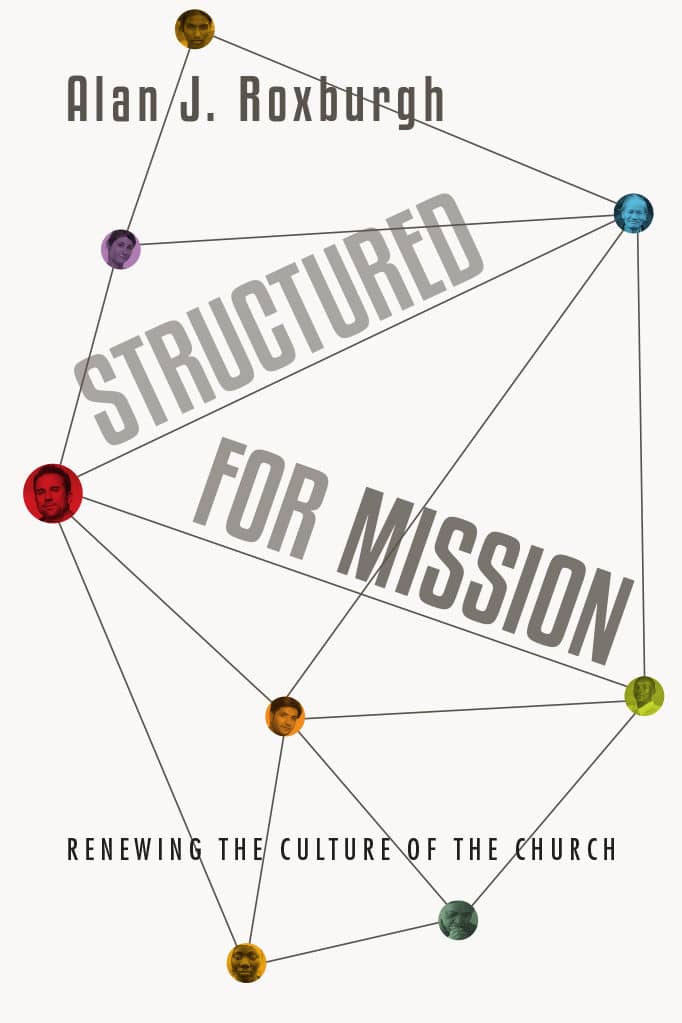Categories: Book Reviews, EMQ, Section, Volume 52 - Issue 3
Tags: Church
Related Articles
Identity, Security, and Community
By Dick Brogden Jeddah, KSA. November 2019 Synopsis: God is light and in Him there is no darkness at all (1 John 1:5). It is…
Welcoming the Stranger
Presenter: Matthew Soerens, US Director of Church Mobilization, World Relief Description: Refugee and immigration issues have dominated headlines globally recently. While many American Christians view these…
Structured for Mission
This book is about the changing environment we live in and how we, as church leaders (and particularly denominational leaders) are failing to respond to the challenge.


